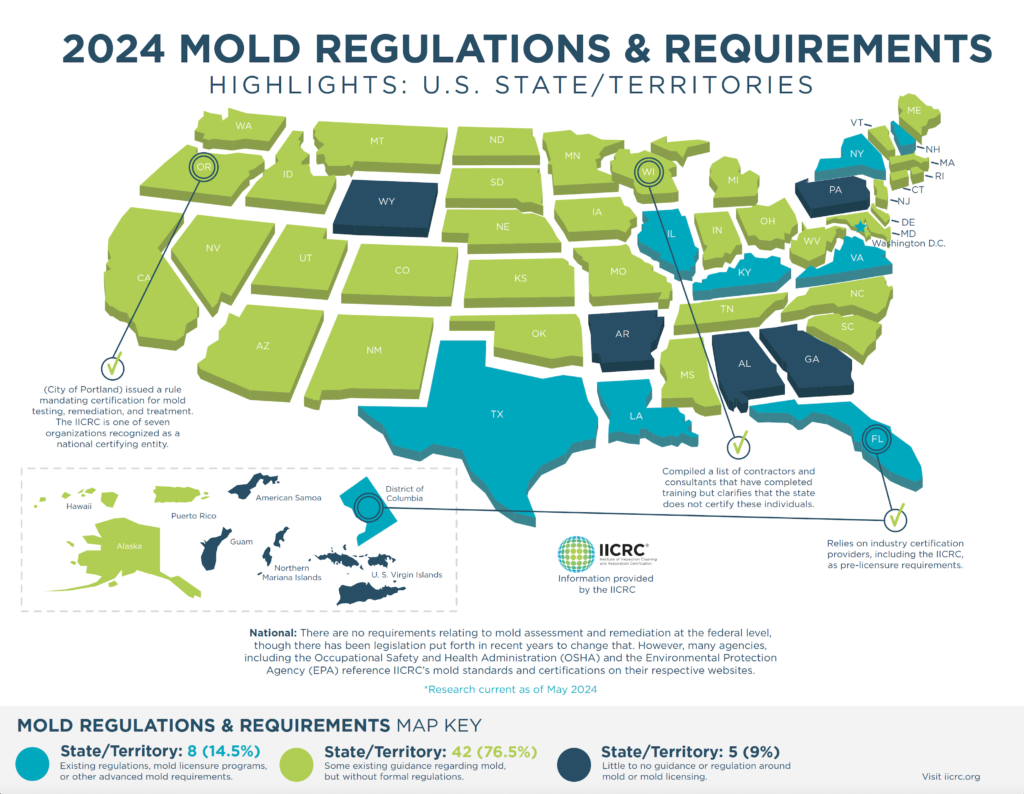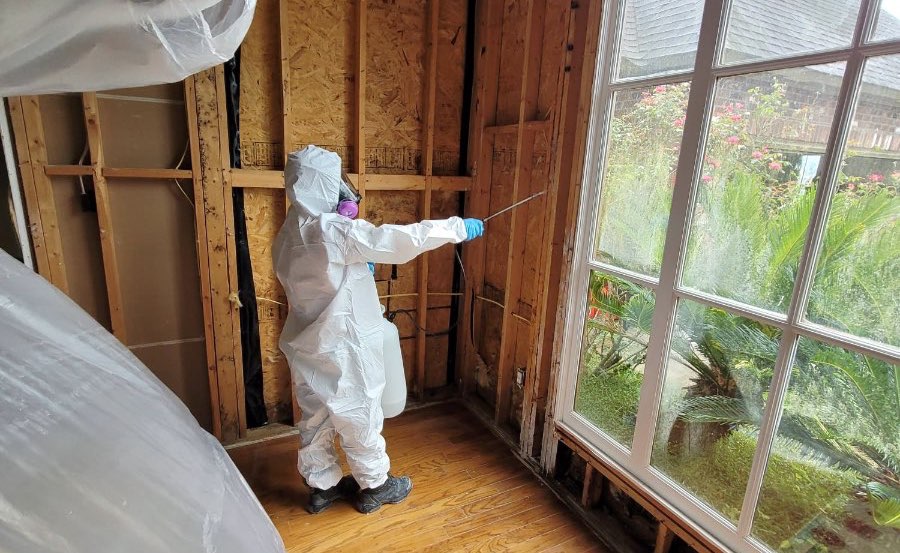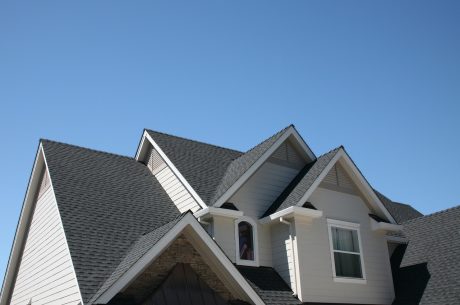The Hidden Dangers of Mold in Your Home
Mold growth in your home can pose serious health risks, particularly for individuals with allergies, asthma, or weakened immune systems. Certain mold species, such as Stachybotrys chartarum (commonly known as black mold), can produce harmful mycotoxins that may lead to respiratory issues, skin irritation, and other health complications. Other common indoor molds include Aspergillus, Cladosporium, and Penicillium, each of which can cause different health problems. To learn more about the dangers of mold exposure, visit the Centers for Disease Control and Prevention (CDC).

How Quickly Can Mold Spread?
Mold can begin growing within 24 to 48 hours after an untreated or undetected water damage event. In a humid climate like Houston’s, mold growth accelerates rapidly due to the high moisture levels in the air. Warm temperatures, excess moisture, and poor ventilation create the perfect conditions for mold to thrive. That’s why immediate response to water damage is critical to preventing costly and hazardous mold infestations.
Mold Remediation Regulations in Texas
Texas has some of the strictest mold regulations in the country, requiring a clear separation between mold assessment and mold remediation to ensure an unbiased evaluation and proper cleanup. The Texas Mold Assessment and Remediation Rules (TMARR) require that any mold remediation project exceeding 25 contiguous square feet must follow a regulated process:
- Mold Testing (Assessment) & Protocol Development – Conducted by a licensed Mold Assessment Consultant (MAC) who inspects the property, tests for mold, and provides a remediation protocol—a detailed document outlining how the mold should be removed, safety precautions, and necessary steps for remediation.
- Containment of Affected Areas – Before remediation begins, the affected area is sealed off using plastic sheeting and negative air pressure to prevent mold spores from spreading to unaffected parts of the property.
- Mold Remediation – A separate licensed Mold Remediation Contractor (MRC), like PuroClean of Central Southwest Houston, follows the remediation protocol to remove the mold safely. This includes removing contaminated materials, HEPA vacuuming, and applying antimicrobial treatments.
- Post-Remediation Verification – Once the remediation is completed, the Mold Assessment Consultant returns to verify the mold has been successfully removed and that the environment is safe.
This separation prevents conflicts of interest and ensures that the mold problem is properly addressed. To learn more about Texas mold laws, visit the Texas Department of Licensing and Regulation (TDLR).
Mold Regulations Across the United States
Texas is among the most regulated states for mold remediation, but laws vary across the country. Below is a general map illustrating the different levels of mold regulations in the U.S., showing how Texas enforces stricter guidelines compared to other states.

Our Texas Mold License and Expertise
At PuroClean of Central Southwest Houston, we are proud to be a licensed Mold Remediation Contractor (MRC1993), meeting all Texas state requirements for safe and effective mold removal. Our team is trained in the latest industry standards, using advanced techniques to protect your property and health.
Meet Matthew – Leading Our Mold Division

We are excited to introduce Matthew, our new Mold Manager, who brings years of expertise in mold remediation. His leadership and technical skills are helping us set a new standard in mold restoration. Learn more about our team on our About Us page.
The Mold Remediation Process: Step by Step
- Recognizing the Signs – Musty odors, visible mold growth, and increased allergy symptoms are common indicators.
- Mold Testing & Protocol Development – Conducted by a licensed professional, also called a hygienist or mold inspector, to determine the extent and type of mold present, followed by the creation of a protocol detailing the required remediation steps.
- Containment of Affected Areas – Sealing off the impacted areas with plastic sheeting and negative air pressure prevents mold spores from spreading to other parts of the property.
- Mold Remediation – Includes removal of contaminated materials, HEPA vacuuming, antimicrobial treatment application, and air filtration.
- Post-Remediation Verification – Ensures that mold levels are safe before the property is restored, using clearance testing by the Mold Assessment Consultant.



If you suspect mold growth in your home or business, don’t wait. Contact PuroClean of Central Southwest Houston today for expert mold remediation services you can trust.



